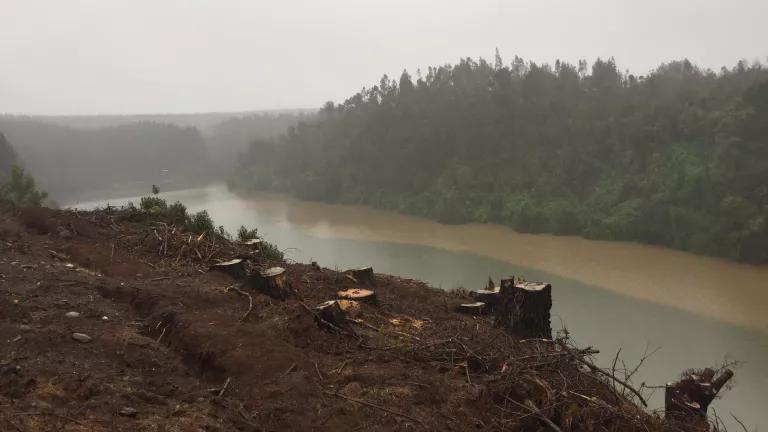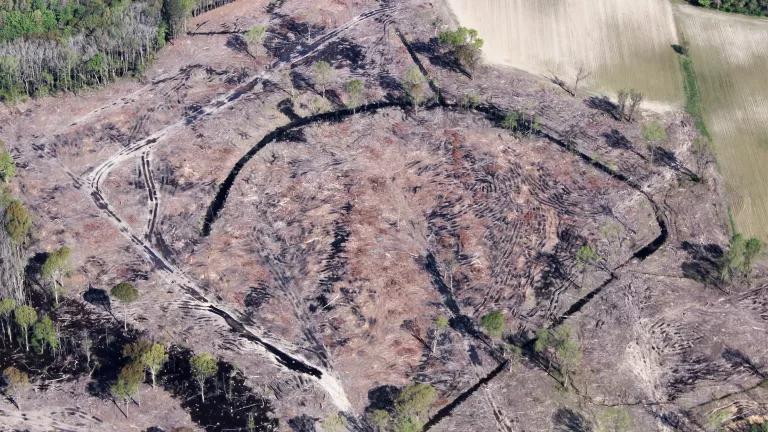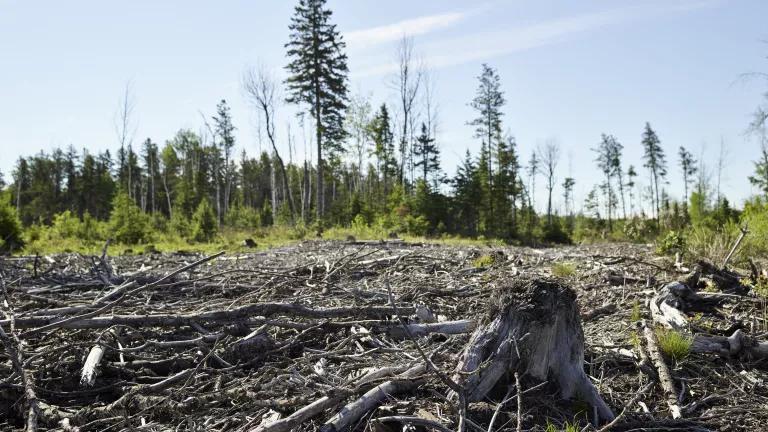The Climate Crisis, Biodiversity, and Food Security Puzzle
The UN has issued a new report on the puzzle we must work out to combat climate change, secure food supplies, and avoid the extinction of more than a million species.
It turns out that the puzzle pieces on the table are from more than one puzzle and we have to choose the right ones to build the amazing world we want for future generations—a world where the amount of greenhouse gasses in the atmosphere is declining, enough land is dedicated to food production to feed the human population, and we’re preserving enough wild spaces to support a vibrant natural world filled with wildlife and wonder.
The UN report (Special Report on Climate Change and Land) makes clear that if we focus on just one area of the puzzle at the expense of others, the finished picture we generate will be an image from a nightmare. So, we must pick the right pieces and we must do so quickly. And the pieces we choose must reinforce the kind of transformative change needed to secure a future planet that bears any semblance of the planet we know today.
The UN’s latest report focuses on Land and Climate Change and was released just three months after it issued a Global Nature Assessment (early May 2019) and less than a year after releasing the bombshell Special Report on Global Warming of 1.5 °C (early October 2018). The drumbeat is getting louder for transformative change. The Land and Climate Change report reinforces these prior reports, discussing the major stresses on our lands leading to desertification, land degradation, and food insecurity. As the Global Nature Assessment also made clear, the rate and geographic extent of significant alterations to our lands and freshwater is unprecedented in human history. Poor land management, private interests, and destructive subsidies given by governments beholden to self-interested profit seekers have led to land degradation and desertification, contributing to declines in biodiversity and ecosystem services.
For wildlife, land degradation is the leading threat to species, followed by direct exploitation (e.g., trade), climate change, pollution, and invasive species. The result is more than a million species threatened with extinction, including species critical to sustaining human life on the planet (you can’t grow many crops without pollinators!). Land degradation on its own is so bad that around 500,000 species no long have habitat sufficient to support their continued existence and they will only be saved if we not only stop destroying wild lands but also restore much land already damaged.
And the Land and Climate Change Report makes clear that a new threat is on the horizon—bad climate change mitigation plans. After the Global Warming of 1.5 °C report came out—you know, the one that said we have 12 years left to put in place the kind of transformative change that will make securing a 1.5 °C world possible—more and more people rightfully focused on the options climate change mitigators have been developing and in many cases implementing for years, like renewable energy, carbon sequestration, and nature-based carbon dioxide removal. The latter got a lot of new attention as it often focuses on the greatest carbon sucking machine in existence: trees. One recent report found that planting billions of trees would be one of the most effective and inexpensive ways to combat the climate crisis.
Planting trees sounds great, but the new Land and Climate Change report rightfully says that these efforts must be well planned, or they could contribute to food insecurity, desertification, and may not provide the kind of nature restoration critical to reversing the trend in species extinctions. And the report also makes clear that none of these efforts will be successful if we don’t make different socio-economic choices. Specifically, certain socio-economic choices can reduce climate related risks to bad planning, like low population growth, reduced inequalities, low meat consumption, and better land-use regulation.
It’s the kind of transformative changes to the way we organize our economies and societies that all of the UN reports have emphasized as necessary to mitigate climate change, increase food security, and reorient ourselves around preserving wildlife, not exploiting it.
But we must act now, with no delay. Because the climate crisis is getting worse and it is increasingly going to take over as the leading driver of biodiversity loss and ecosystem collapse, making it that much harder to use existing ecosystems as a tool to mitigate climate change and restore habitats for wildlife. So let’s keep working on that puzzle, including placing the planting-billions-of-trees piece into the image, but let’s make sure they’re the right trees to support existing and future wildlife (species are relocating because of climate change) and we do it in a way that explicitly maintains ecosystem friendly and efficient (i.e., plants not meat) land uses to feed the world.




